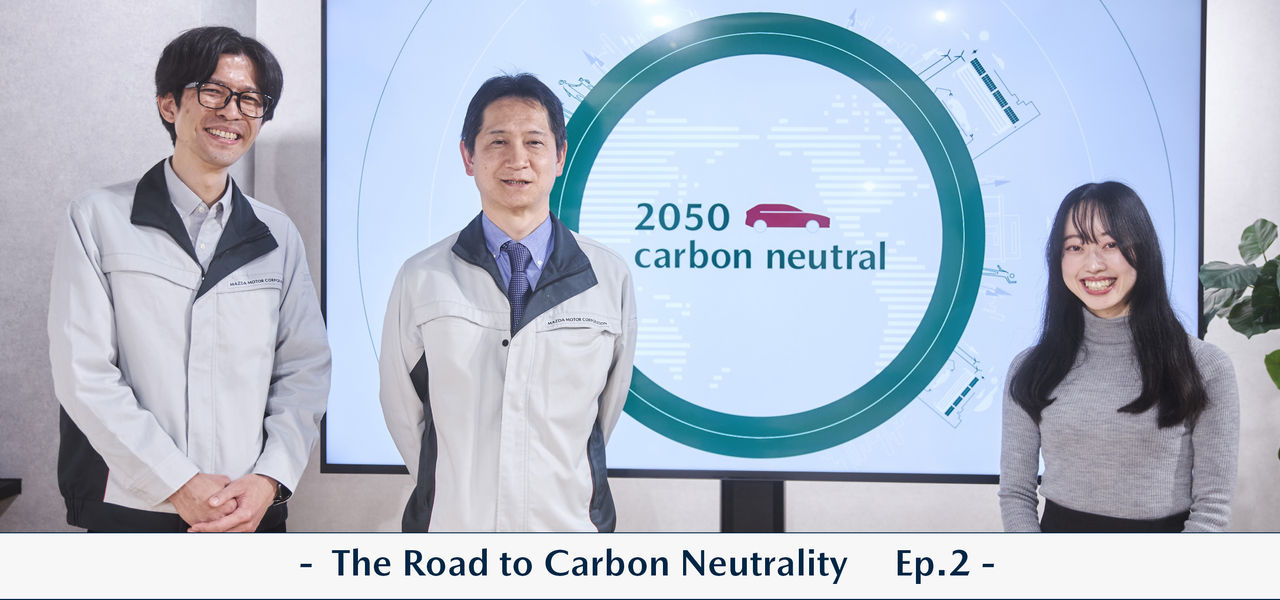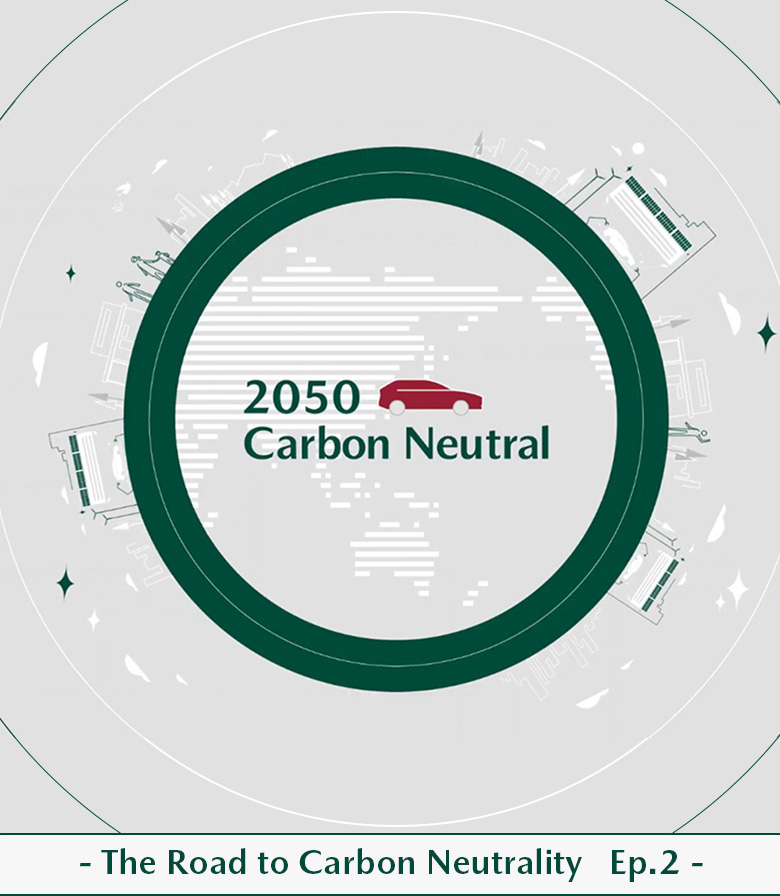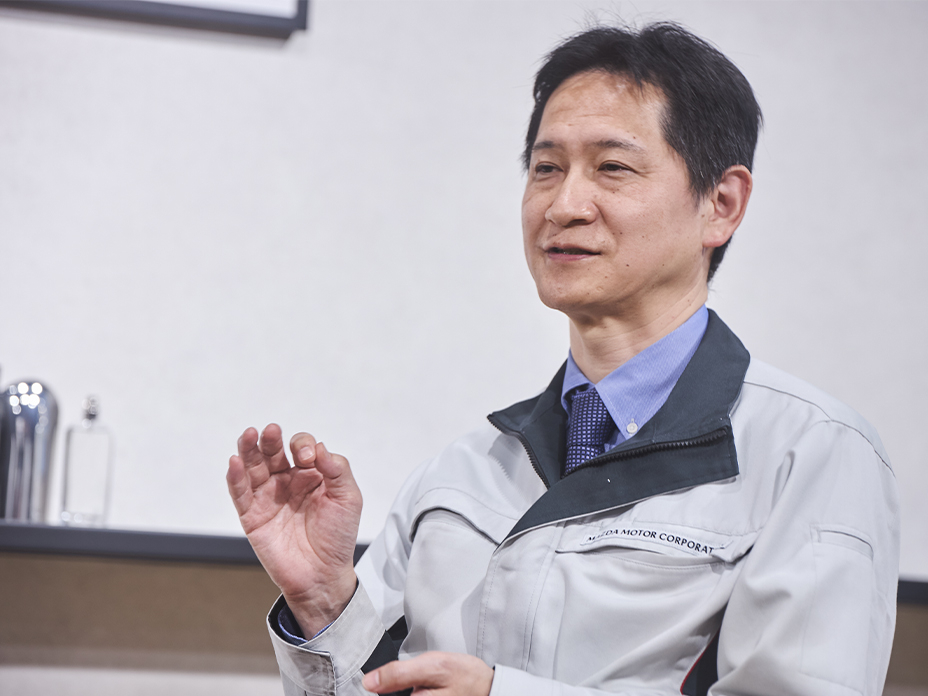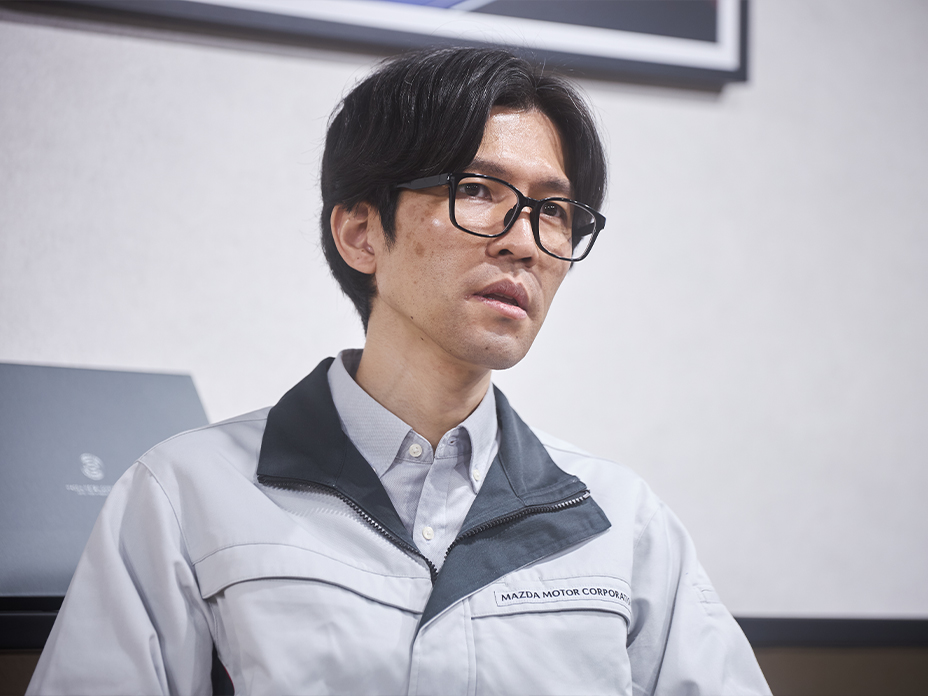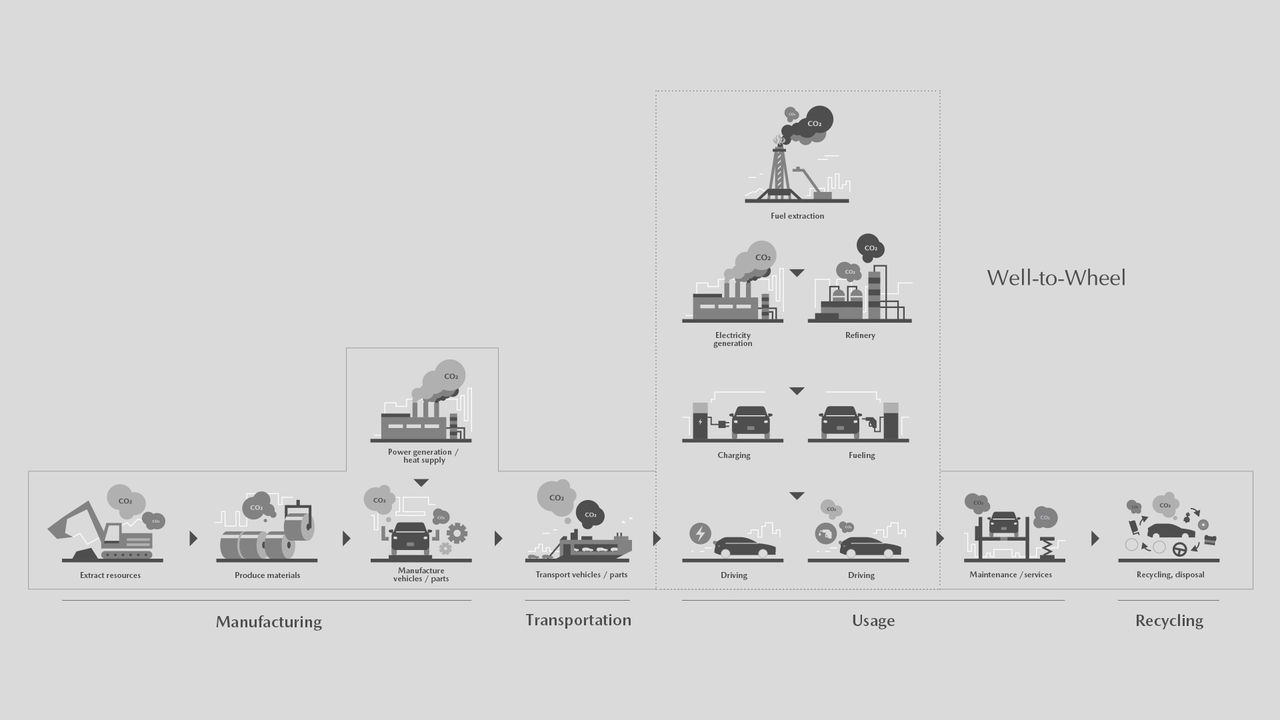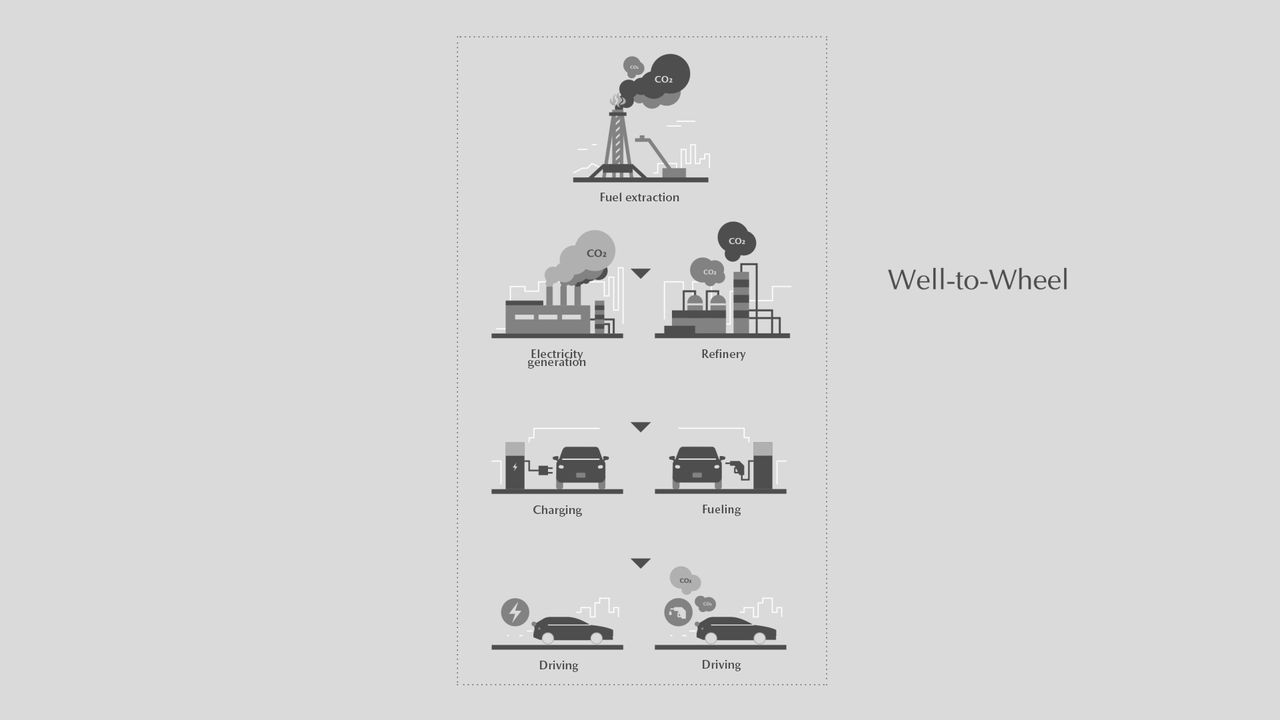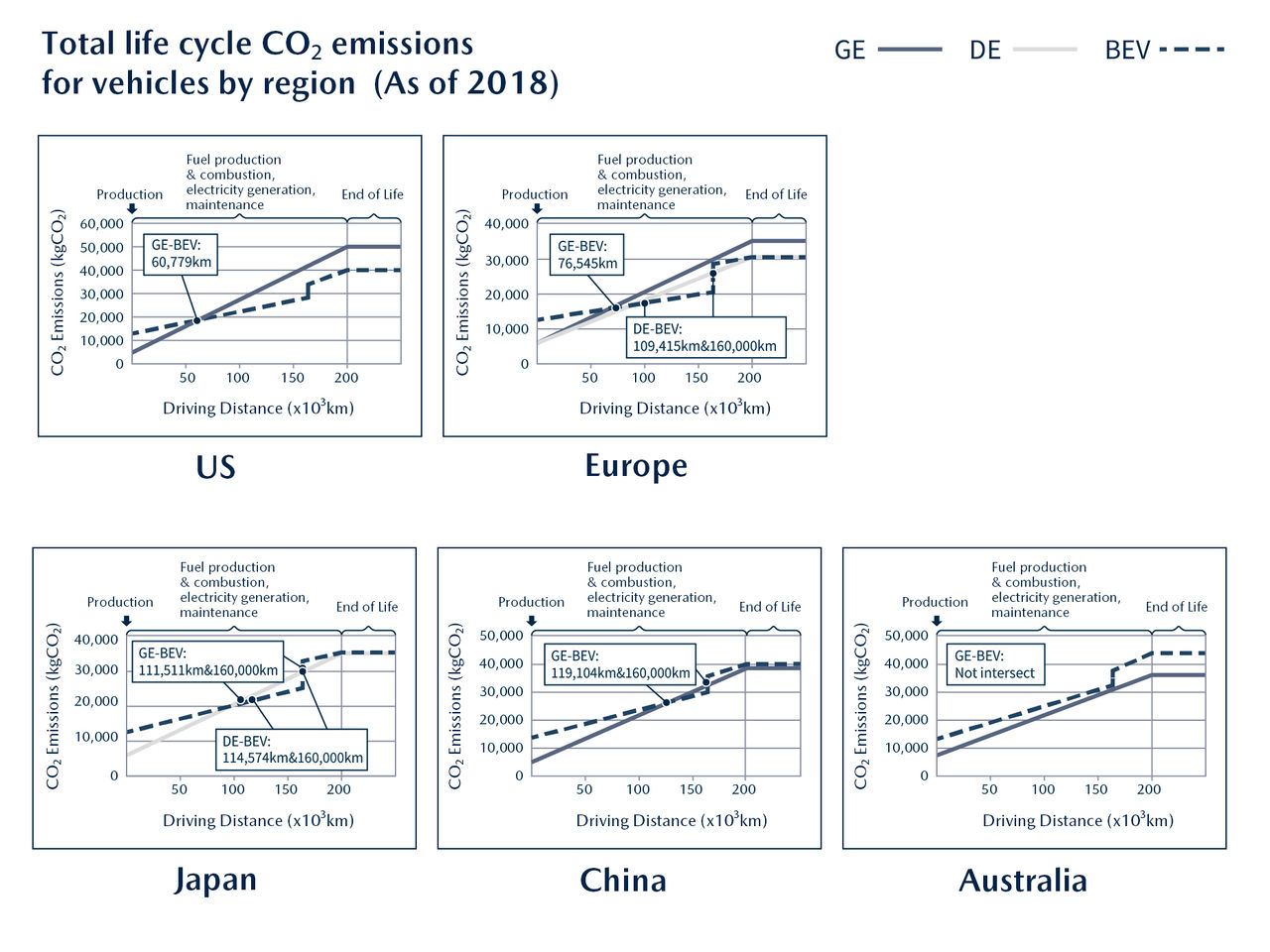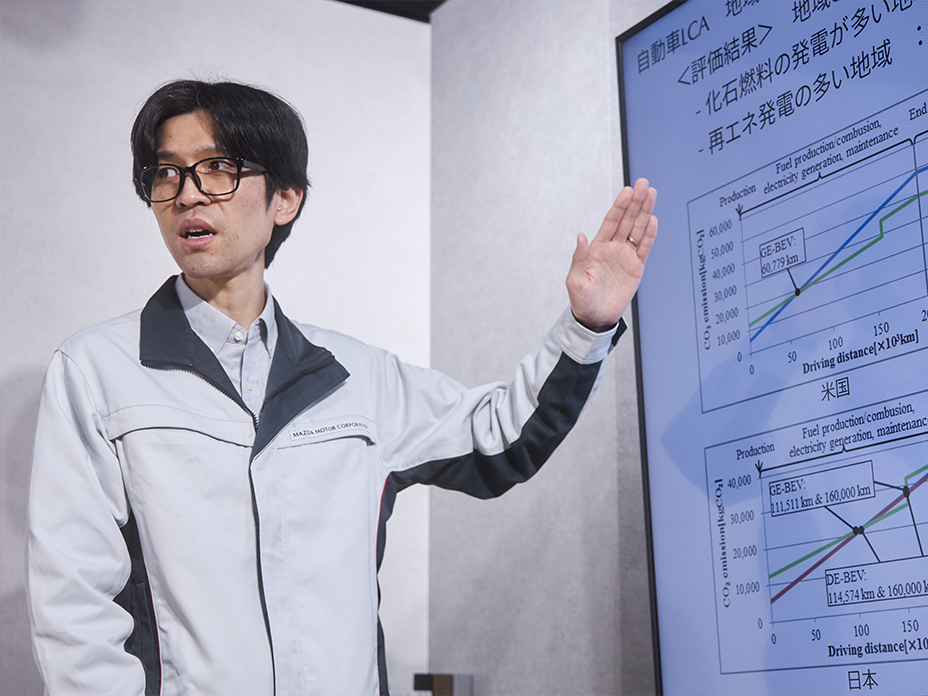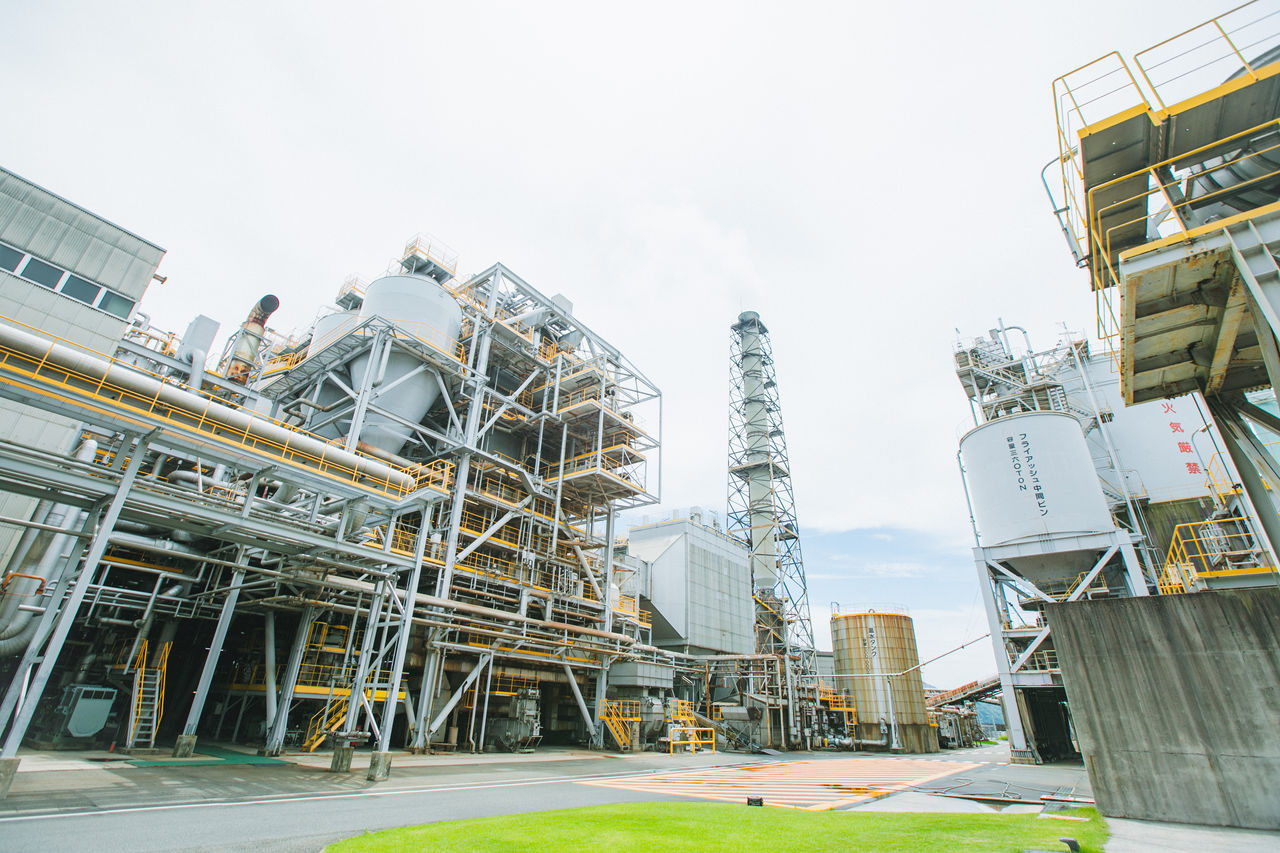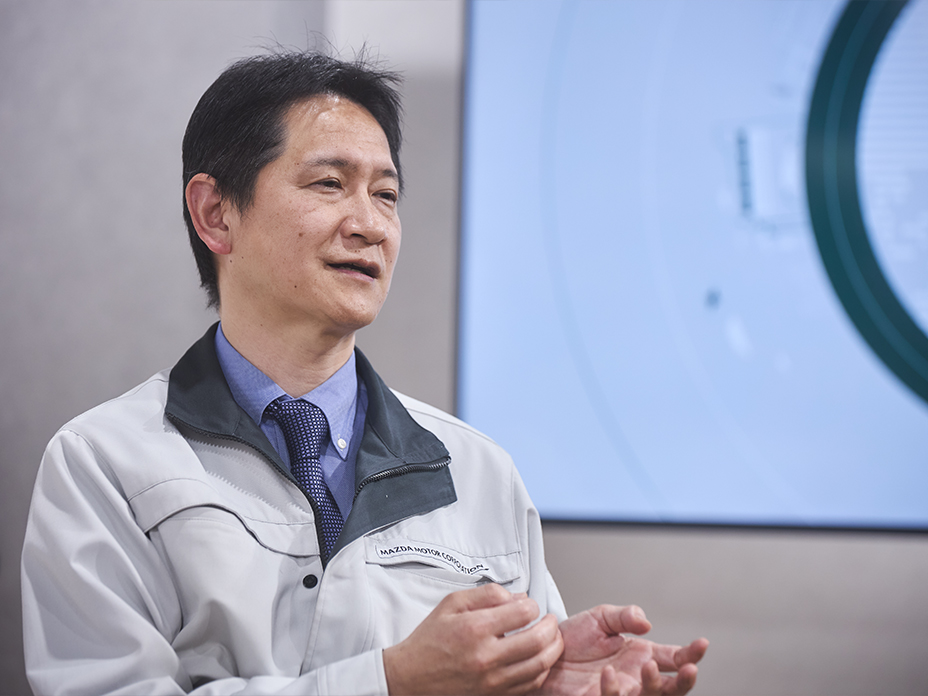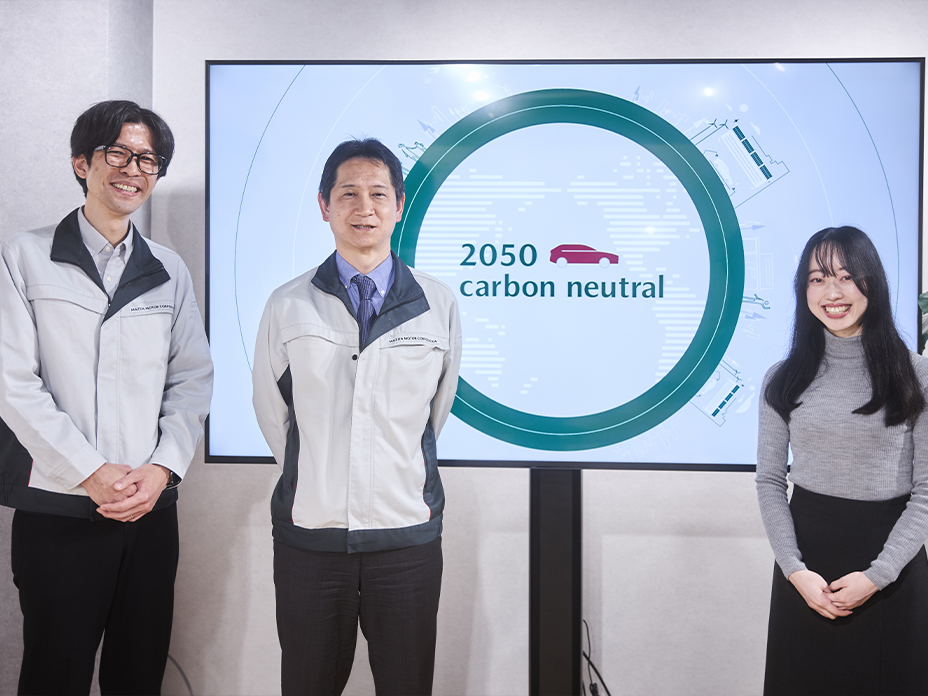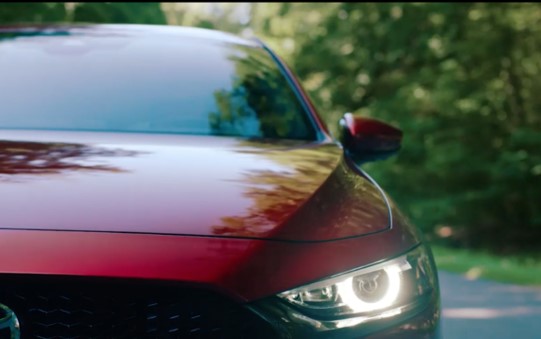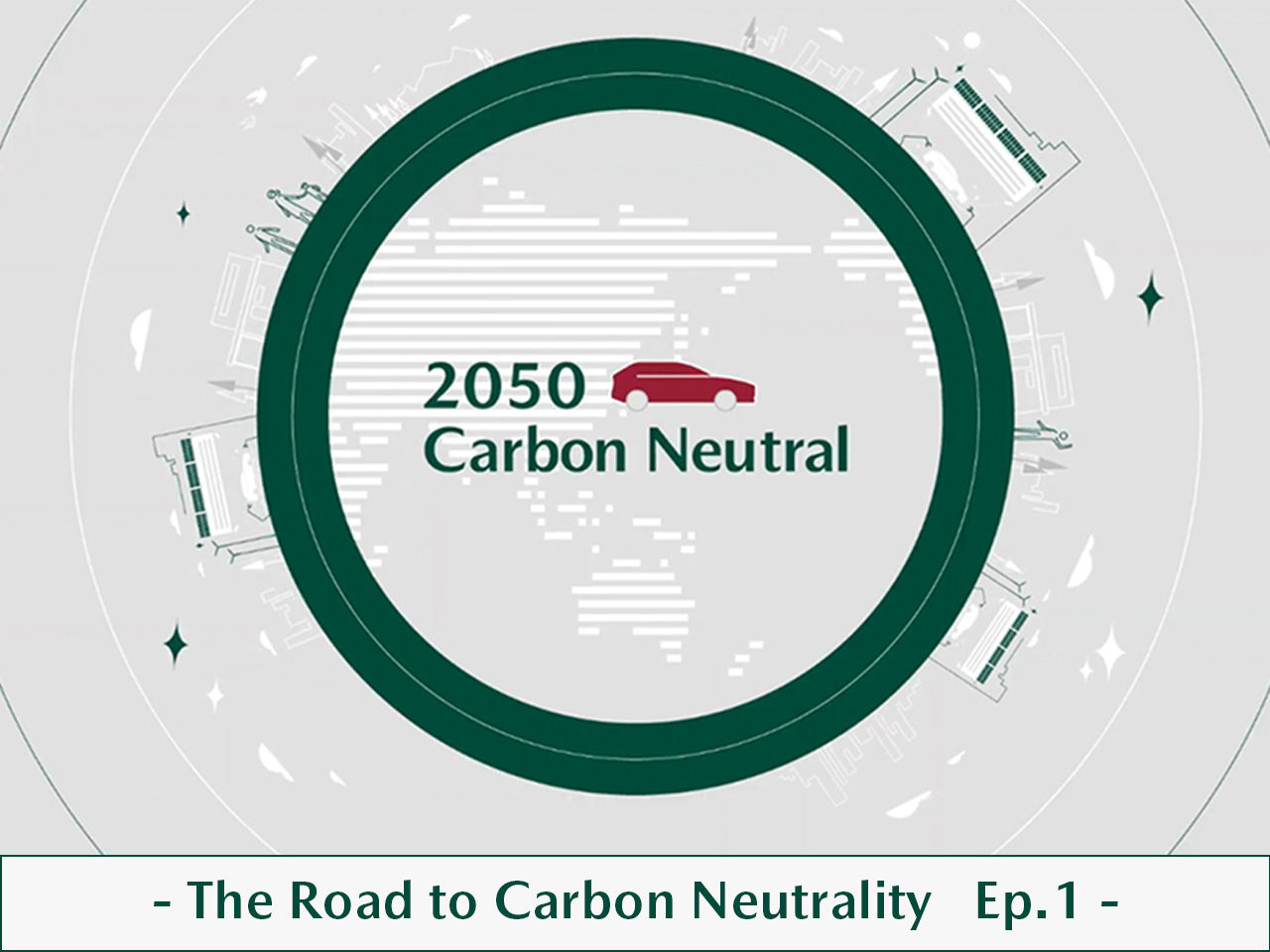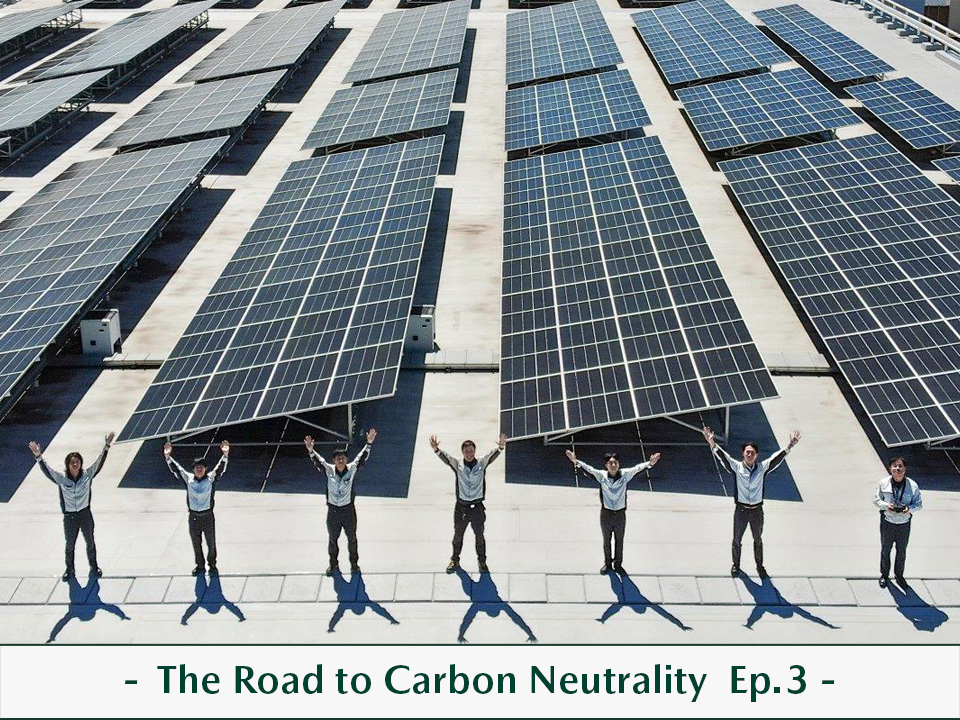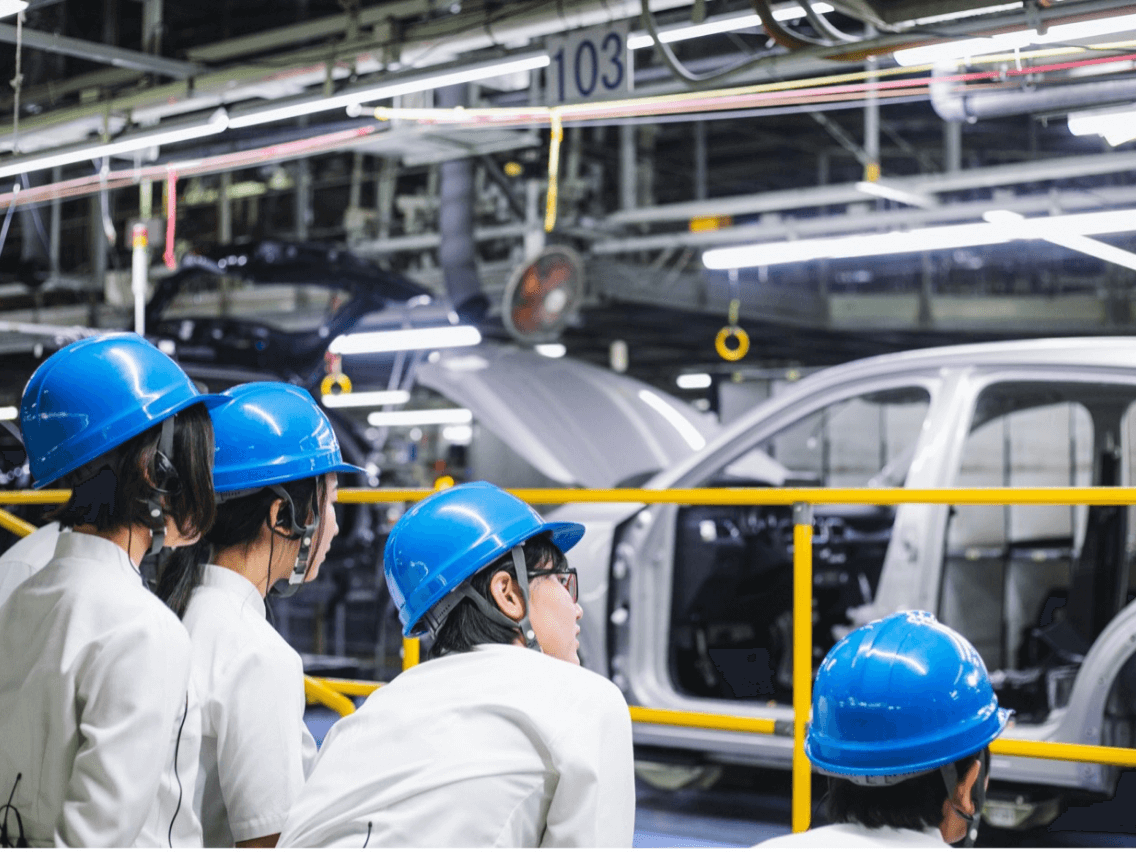Mikako Aoyagi is exploring Mazda's environmental initiatives in this series of articles. Aoyagi joined Mazda in 2020 during the COVID pandemic, and partly influenced by a university friend’s social media posts on climate change, has developed a keen interest in environmental issues.
After joining Mazda in 2020, Aoyagi handled public relations for the compact SUV MX-30. Later, wanting to be more deeply involved in sustainability, she moved to the Communication Supervisory Group. Today, she creates content for Mazda's sustainability website, which features the company's environmental, social, and governance (ESG) initiatives.
